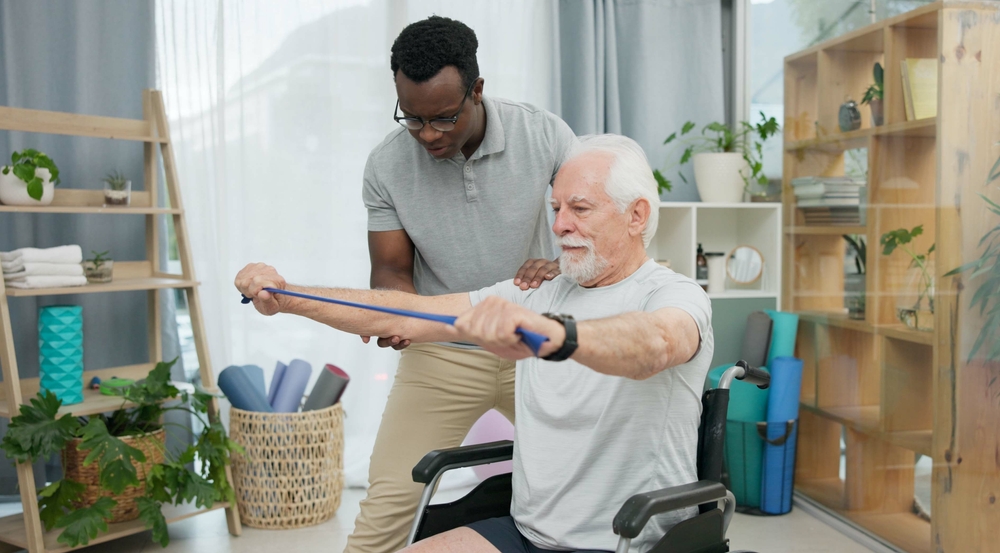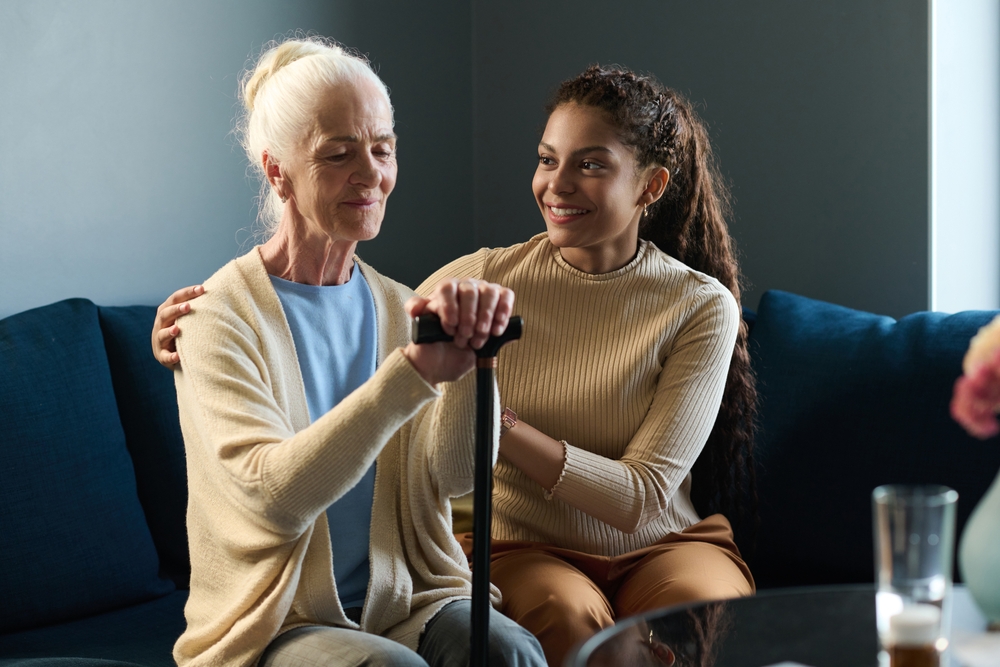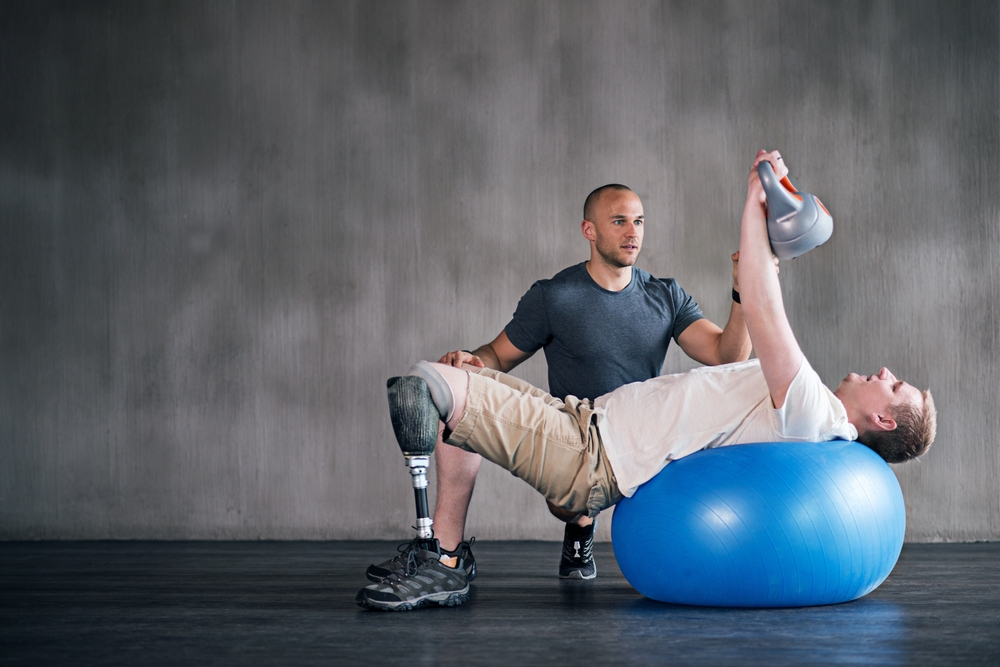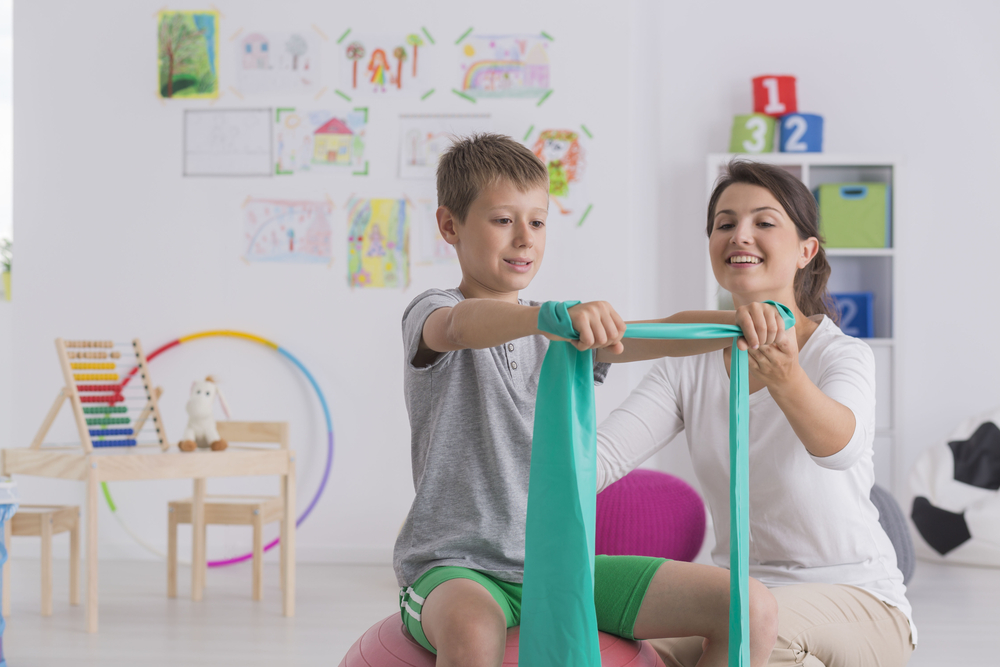Make an Appointment
This article explores why in-home physiotherapy is a powerful, accessible, and empowering option for people supported under the NDIS. Learn how it works, who it benefits, and why every NDIS participant should consider it as part of their care plan.
For many Australians living with disability, attending regular physiotherapy sessions at a clinic can be challenging. Whether it’s due to mobility limitations, transport barriers, fatigue, or the demands of daily living, accessing therapy in the community isn’t always feasible or ideal.
That’s where in-home physiotherapy steps in.
By receiving therapy at home, NDIS participants can build independence in a familiar space, receive functional assessments in real-world settings, and reduce the stress of travelling to appointments. It’s a model of care that not only meets clients where they are, but helps them get to where they want to go.

What Is the Most Common Disability in the NDIS?
The NDIS supports more than 600,000 Australians, with a wide range of disabilities. Knowing which conditions are most common helps highlight why physiotherapy, especially in-home, is so essential for the NDIS population.
Top primary disability groups in the NDIS:
Autism Spectrum Disorder (ASD)
- ASD is the most prevalent primary disability in the scheme. Children and adults with autism often have low muscle tone, coordination issues, and sensory sensitivities. Physiotherapists can help develop gross motor skills, balance, and strength, while tailoring therapy to reduce sensory overload.
Intellectual Disability
- Clients with intellectual disabilities may experience physical limitations, low fitness, or coordination challenges. In-home physio supports independence in mobility, balance, and transfers, delivered with routines and repetition to suit cognitive needs.
Psychosocial Disability
- People with severe mental health conditions like schizophrenia or PTSD are supported under this category. Many have experienced long periods of inactivity, loss of confidence, and poor posture or physical strength. Physiotherapy at home reintroduces safe movement and can help restore structure and trust.
Cerebral Palsy, Stroke, ABI, and Other Neurological Conditions
- This group often experiences muscle tightness, weakness, or involuntary movements. Physios help with spasticity management, mobility, stretching, and gait retraining. Home-based care removes the transport burden and allows therapy in real-time spaces.
Developmental Delay
- For young children (0–6), early intervention is vital. In-home physio supports milestones like rolling, crawling, walking, and jumping, incorporating play and family routines to increase engagement.
Physical Disabilities and Progressive Conditions
- Clients with muscular dystrophy, multiple sclerosis, or spinal injury benefit from in-home assessments to trial aids, prevent falls, and maintain function as their condition changes.
Why in-home therapy is ideal for these groups:
- Reduces the anxiety and fatigue associated with travel
- Matches therapy to the client’s actual home layout and mobility challenges
- Enables real-time functional assessments (e.g. can they access the bathroom?)
- Provides rapport-building opportunities for high-needs or disengaged clients
- Supports collaborative care with carers, family, and support workers
NDIS Participant Data Overview
In-home physiotherapy adapts to the diversity of the NDIS, delivering customised therapy where people live, move, and thrive.

Can I Do Physiotherapy at Home?
Absolutely! In-home physiotherapy is not only allowed under the NDIS, it’s often the most clinically effective and emotionally supportive way to deliver care.
Unlike clinic-based treatment, home-based physio happens in the participant’s real world. It reflects the physical environment, personal routines, and daily obstacles a person faces, resulting in higher-functioning, goal-aligned outcomes.
What in-home physio can help with:
- Safe transfers (e.g. bed to toilet, shower to chair)
- Gait training and balance in real-life hallways, gardens, and ramps
- Fall risk assessment and strategies tailored to home setup
- Postural and seating support (especially for wheelchair users or bed-bound clients)
- Pain management and stretching routines
- Strength and endurance for everyday tasks (carrying shopping, standing to cook)
- Teaching carers safe lifting or handling strategies
- Child and adolescent motor milestone development
- Equipment trials (e.g. grab rails, walkers, orthotics, ramps)
Why it works:
- Comfort and control – Especially important for clients with anxiety or autism
- Time and energy efficiency – No travel means more energy for therapy
- Consistency – Easier to stick with sessions in a convenient, familiar setting
- Holistic outcomes – Family, carers, and routines are part of therapy
- Reinforcement – Support workers can reinforce exercises between sessions
- Sustainability – Progress happens where it matters most: at home
At Physio Inq, our mobile physios are NDIS-approved, experienced across conditions, and available nationwide, providing therapy that fits the person, not the other way around.
Physio Inq – Mobile Physiotherapy

What Are the Responsibilities of an NDIS Participant?
The NDIS empowers participants with choice and control, but that power comes with responsibility. Understanding your role as an NDIS participant ensures you get the most out of your therapy.
Key responsibilities:
Setting meaningful goals
- Your plan and therapy must link to goals like “improve walking distance,” “reduce pain,” or “avoid falls.” In-home physio is a powerful tool to achieve these goals in daily life.
Engaging in therapy
- Participation includes being present, giving honest feedback, and committing to the process, even if it starts small.
Maintaining a safe environment
- Home visits require clean, safe, and respectful spaces for therapy. Therapists should not be exposed to aggression, hazards, or unsafe pets.
Using supports responsibly
- In-home physio must align with NDIS categories like Improved Daily Living. It's your role to ensure supports match your needs and funding purpose.
Tracking progress and review prep
- Regular therapy notes and reports help justify continuation or expansion of supports. Your physio can assist in preparing these.
Active participation = better results
NDIS works best when participants are involved, empowered, and collaborative. Being prepared and respectful sets the tone for successful therapy relationships.

What Is the Aim of the NDIS to Support People to Have More?
The NDIS exists to enable people with disability to live a life with more capacity, more freedom, and more opportunity.
The NDIS helps people have more:
- Control over how and where care is delivered
- Independence in mobility, self-care, and daily routines
- Confidence in managing health and navigating life transitions
- Access to the community, education, work, and social life
- Physical and emotional safety at home
In-home physiotherapy aligns directly with this mission by:
- Supporting real-world skill building
- Reducing falls, injuries, and carer dependence
- Improving movement in practical, everyday situations
- Helping clients stay in their homes longer
- Giving people a greater sense of control over their therapy journey
This isn’t just about rehab or strength, it’s about dignity. In-home therapy shows people what they can do, not just what they can’t.

Frequently Asked Questions (FAQs)
Is mobile physio covered under the NDIS?
Yes. Most sessions are funded under Capacity Building – Improved Daily Living.
How do I switch to in-home therapy?
Speak with your support coordinator or plan manager, or contact Physio Inq to start directly.
What happens during a session?
Your physio will assess mobility, function, and environment, then guide exercises and strategies based on your goals.
Do I need a doctor’s referral?
No. You can self-refer or ask your coordinator to help set up services.
Is this only for people with severe physical disabilities?
No, people with psychosocial, intellectual, and developmental conditions also benefit significantly.

Final thoughts
In-home physiotherapy is a strategy for living well with disability. It offers choice, relevance, and empowerment, right where it’s needed most.
Whether your goals are small steps or major milestones, mobile physio meets you where you are and walks beside you, every step of the way.
Contact Us
Call 1300 731 733 or book online for personalised mobile physiotherapy tailored to your NDIS plan and home life.
You can also:
- Read more in our NDIS support blog
- Explore our Mobile Physiotherapy services
- Ask your support coordinator to arrange a home visit
- Request a therapy report to support your next plan review

Date Published: Friday, June 20, 2025
Locate a Paediatric Physiotherapy
Service Near me
Get the experience & convinence you deserve to support your or a loved one's allied health needs.
Our Paediatric Physiotherapy team are currently serving & taking appointments in the following states and regions in Australia:
Need to get into direct contact with ur Client Services team? We're all ears. Call our team directly on 1300 731 733





